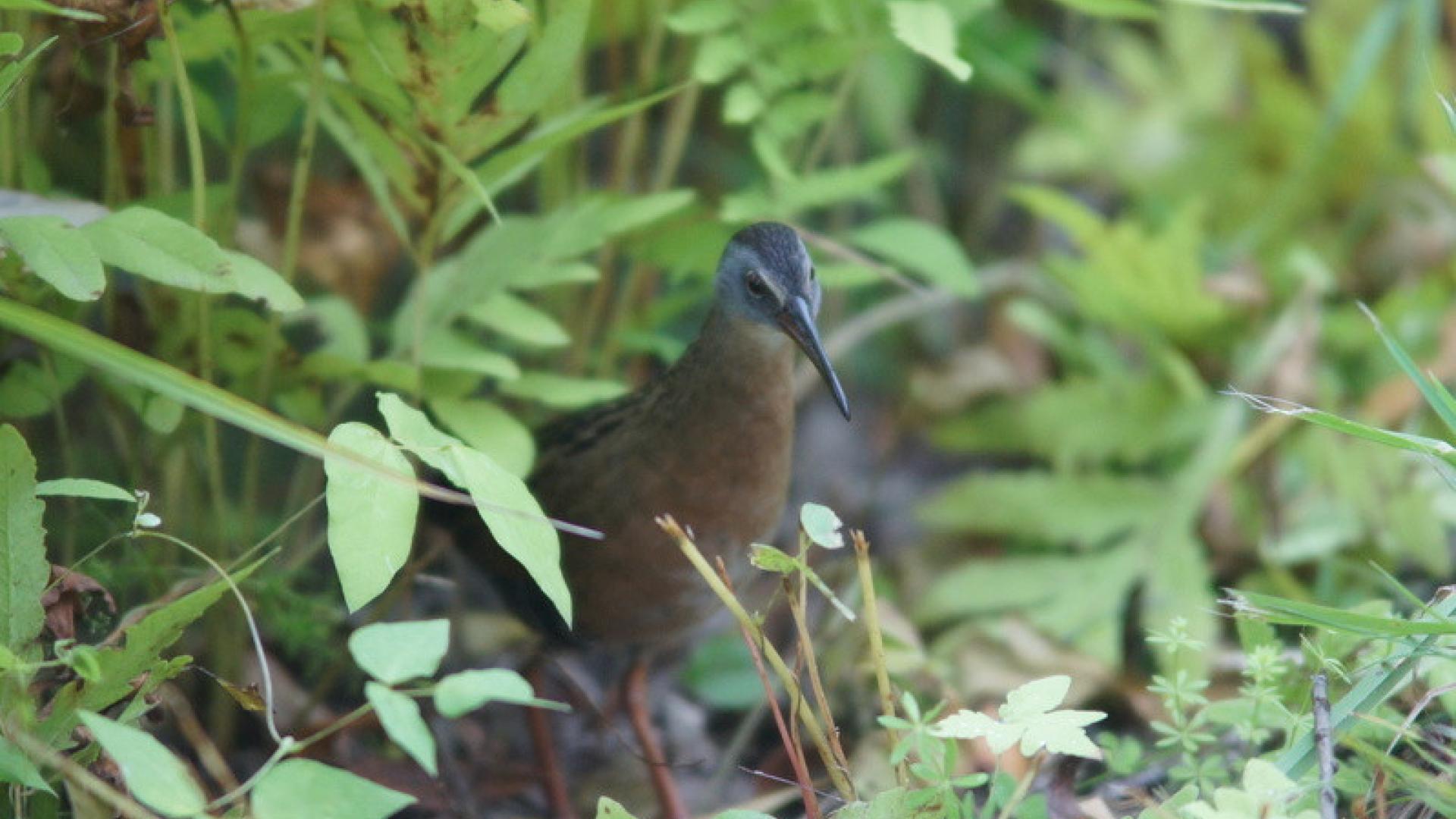Birding between the raindrops
After our successful trip to the Four Brothers Islands the other day I looked at the sky, and at the time, and debated the possibilities. Rain was already starting and it was forecast to get worse throughout the day, but it was currently light and intermittent and I had already made the trip to the valley, so I decided to bird until the rain sent me home. Since I was in Willsboro I headed north and drove along Highland Road, where a number of warblers and other forest birds can be found. I heard American Redstart, Black-throated Green, Chestnut-sided, and Blackburnian Warblers as a result— even with what became a fairly steady rain.
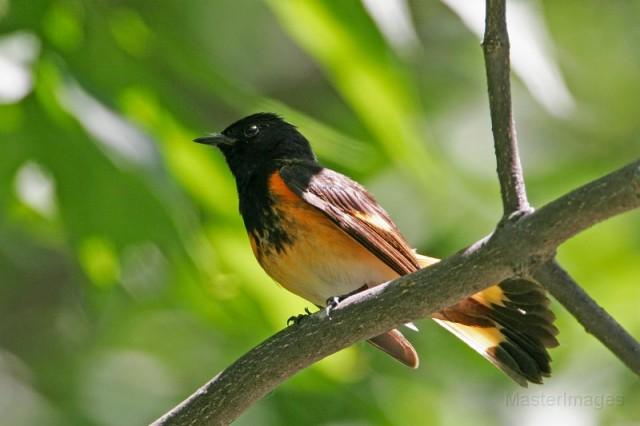
Marsh birding
I almost gave up and went home to do a mound of work which was waiting for me there, but I decided to check out a few marshes north of Willsboro since marsh species can sometimes be more easily found on rainy, overcast days.
I started at Wickham Marsh and heard a Virginia Rail call not long after I arrived. With the rain momentarily stopped, I walked along Lake Street watching Wood Ducks, Warbling Vireos, Red-bellied Woodpeckers, Yellow Warblers, and other usual birds before turning my attention to a collection of swallows, which were flying out and back from Lake Champlain to feed over the marsh. There were good numbers of both Tree and Barn Swallows, and I also found a handful of Cliff Swallows and a few Bank Swallows in the mix. Both are fairly local in their distribution and not always seen in many parts of the North Country as a result, so I was happy with spotting them.
Despite my best efforts I didn’t find any other target marsh species beside the Virginia Rail, so when the rain picked up again I moved on.
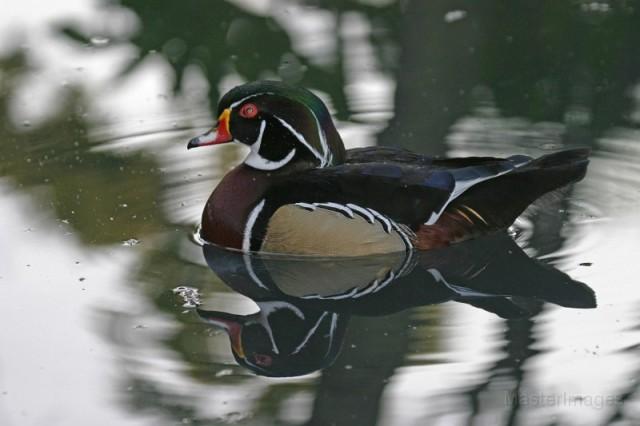
My next stop was AuSable Marsh Wildlife Management Area, which is just across the border in Clinton County.
Skipping the side of the marsh along the road into the state campground, I drove to the backside of the marsh from Route 9, where a series of dikes leads birders along the wetland. Happy that the dikes weren’t particularly overgrown, I walked out along them in the sprinkles and showers hoping for better luck with marsh birds. I found two more Virginia Rails as well as a few Great Blue Herons and four Great Egrets, but the bitterns and other species I was hoping for remained hidden. I did find a few songbirds of interest including a couple singing Willow Flycatchers, but soon after that the rain opened up again and I retreated to my car rather than getting soaked.
A Yellow-throated Vireo
I drove south through Willsboro, where I stopped along the Boquet River to watch two Common Goldeneye before buying a coconut custard pie (one of the important things in life) at the Village Meat Market and continuing to Noblewood Park.
I had been told there was a Yellow-throated Vireo singing at Noblewood and I was interested in finding it. Yellow-throated Vireos are not commonly found in the Adirondacks, but they can occasionally be found in the Champlain Valley. This one was singing along the Boquet River — they love deciduous riparian woodlands.
The rain had pretty much stopped by the time I reached Noblewood — good timing from my vantage point — and I walked along the trails listening to a few species like Yellow-rumped Warbler and Red-eyed Vireo as I went. When I reached the Boquet the Yellow-throated Vireo was singing its hoarse, repetitive song, and I stopped to listen to it sing from across the small river.
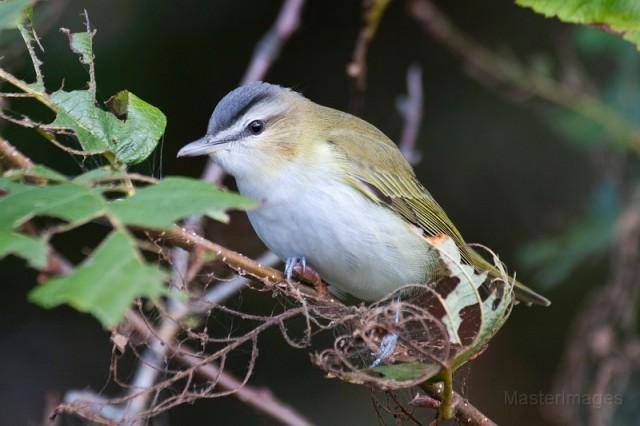
Moving on, the sand spit only held a few gulls and nothing of particular interest so I returned along the river, finding the vireo on the near side of the river this time. I searched for it in the leaves of the cottonwoods, but I only managed fleeting looks at it before it flew back to the far side of the river. I retraced my steps out of Noblewood and continued south to the Magic Triangle.
Searching for a Golden-winged Warbler
Once again I poked around for marsh species, this time at Webb Royce Swamp. Finding nothing but Marsh Wrens and Swamp Sparrows, I walked along Clark Road hoping to find a Golden-winged Warbler, a species of growing concern that is occasionally found there. While I did not find a Golden-winged in the shrubby, edge habitat they prefer, I did come across a “Lawrence’s Warbler” — a hybrid resulting from the interbreeding of Golden-winged and Blue-winged Warblers.
While the Lawrence’s was cool looking, it did accentuate the problems surrounding Golden-winged Warbler conservation, where Blue-winged Warblers often outcompete and then interbreed with Golden-wingeds, muddying their genetic waters. Adding to this concern, I also heard a Blue-winged Warbler singing from the tree line across the field. I never did see the bird, so it could also have been a hybrid as well since the hybrids often sing a version of the parent species’ song. But it was a “good” Blue-winged song, and I often find the hybrids sing a song that is not quite an exact copy of that of the parent species. So I’ll call it a Blue-winged until I find out conclusively otherwise.
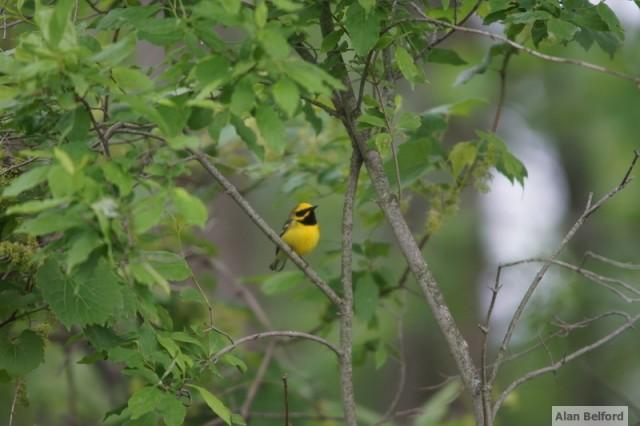
After getting a few photos of the Lawrence’s Warbler, and searching for any other birds of interest, I finally headed home. I had already managed to bird through the rain for the entire day, and the prospect of dinner was calling me home.
Summer is a great time to explore the Champlain Valley! Check out our birding, outdoor recreation, dining, and lodging pages to learn more!
